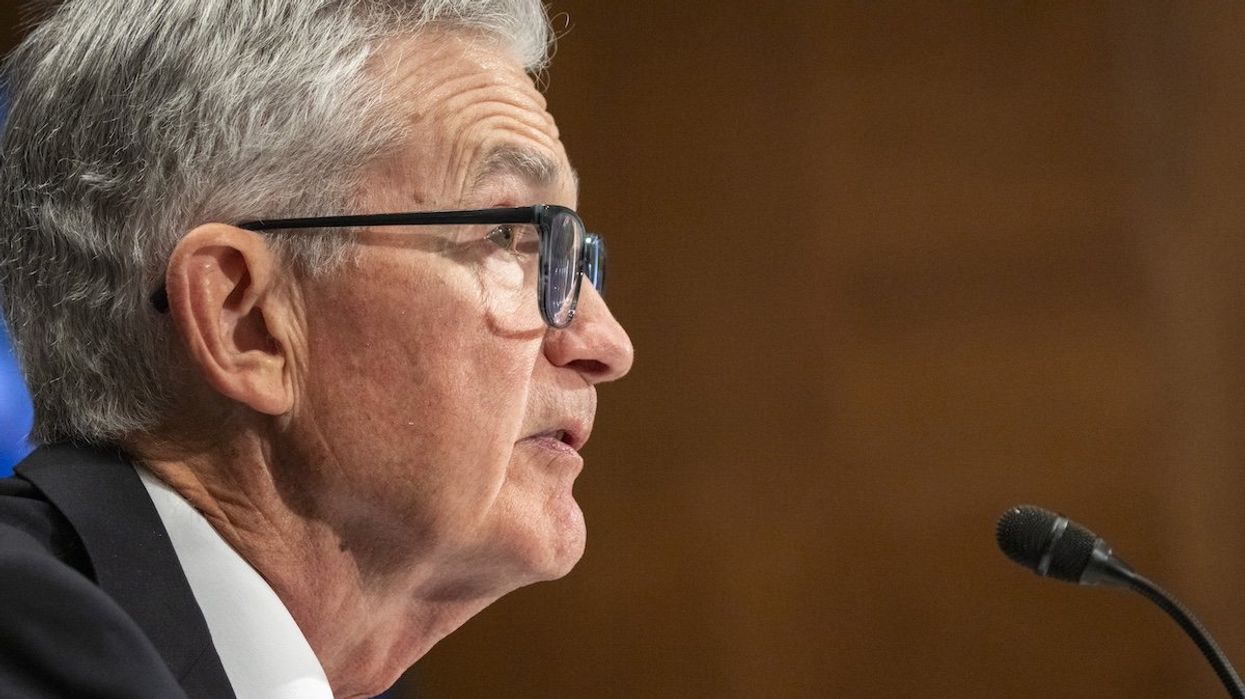GZERO North
The Bland Bombshell and the Big Banks
Is there anyone more bland, more powerful, and less recognizable than Federal Reserve Chair Jerome Powell? He makes money moves more than Cardi B, and yet most people wouldn’t recognize him if he were sitting on their lap in the subway. Why do relatively obscure banker meetings matter? Fair question. It's precisely why our GZERO team in Washington is covering the IMF-World Bank spring meetings this week.
Apr 18, 2024

